Top 5 Albums of the Week
Culture Calling's Top 5 albums of the week, an eclectic mix of records from across genres and decades. Come discover weekly albums to bulk out your collection.
By Charlie Walker | Updated Jul 7 2025
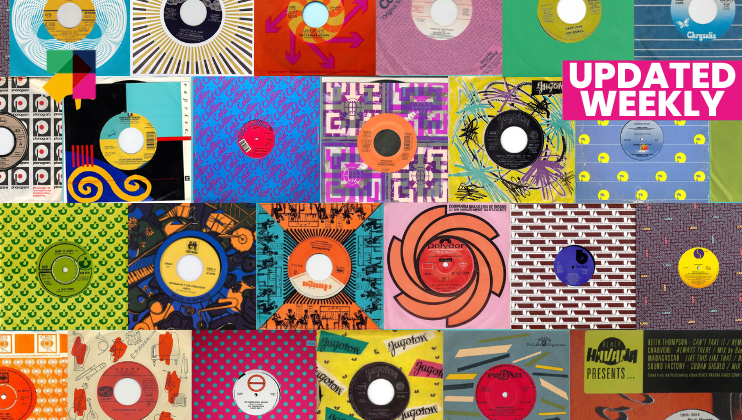
Jorge Ben – 10 Anos Depois (1973)
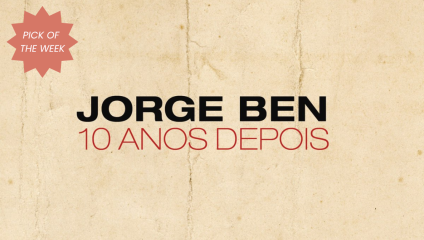
A victory lap record, released on the tenth anniversary of his first studio album, also his tenth album, Jorge Ben cycles through the many hits of his first decade in the business, effortlessly medleying three songs per track over seven tracks. Released just a year before his magnum opus A Tabua De Esmeralda, we can see his burgeoning vocal tendencies and medleys from that record just before they hatched.
Beginning to be more comfortable with his swinging, octave-oscillating vocal melodies, which he would develop on his next album, Jorge Ben records with so much freedom and expressiveness that it wouldn’t surprise anyone if these tracks were all improvised. Effortlessly blending from one song to the next, shifting in pace and key wherever he sees fit, these songs sound like they were born to be blended together.
The albums highlight, "A Minha Menina / Que Maravilha / Zazueira", matches three radically different songs, with different moods, pacing, keys, but uses this to his strength, as the ‘Que Maravilha’ section provides an excellent drop in pace that he can use to restart the action come ‘Zazueira’. It surely feels much longer than five minutes.
A lot of musicians get called geniuses, less so in pop music, but Jorge Ben is a genuine pop music genius, a vocal talent defined not by its octave range but by its emotive and melodic range. 10 Anos Depois isn’t his greatest work, but rather an opportunity to flex his unmatched mastery of pop music.
Mashrou’ Leila – s/t (2010)
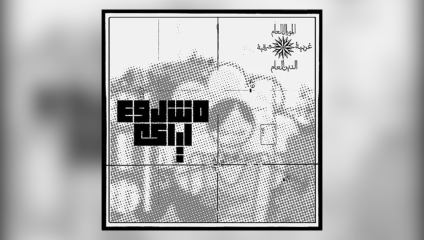
Banned from performing across the Middle East due to pressure from right-wing Christian groups who deem them ‘satanic’, featuring a gay frontman, Mashrou’ Leila combine Lebanese folk forms with then-popular indie-soul, creating a very pleasant balance that you’d be surprised was ever banned from anywhere.
Those who can also remember early 2010’s music well will find this all very familiar, something like The Kooks, Gotye, Fink, Hosier, and Fionn Reagan rolled into one slightly darker package. They even take some elements of metal, and combine this with Levantine strings and microtones that will excite any western listener.
The vocals in this are very strong, with the rhythm of Levantine Arabic complimenting their staccato beats perfectly. ‘Min el Taboor’ especially, which has a slightly 90s rock flavour, bridging the gap between Pavement and Yo La Tengo sonically. An internationally neglected group, loved by the youth of Lebanon.
Paul McCartney – McCartney II (1980)
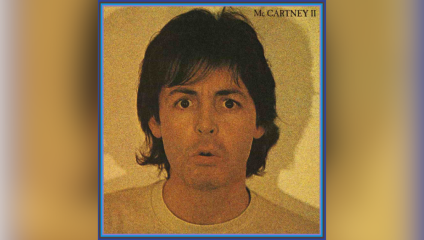
Here comes a defence of what is generally considered by some to be the worst popular music record of the 20th century. Paul McCartney’s ‘Temporary Secretary’, widely panned upon release, was an experiment that I’m not sure polite English audiences at the time were ready for.
A dissonant synth line would instantly isolate many, before launching into absurdist, non-sequitur lyrics about a nonsense topic. Removed from the goggles of habit, if we didn’t know who Paul was, the song should be hilarious, and not hilariously bad either.
Its bumping, thudding drop for the chorus anticipates the trend in dance music that would take years to become popular, and confidently backing dissonant synths decades before they became in vogue is worth of note. Comparable to the equally visionary ‘Riot in Lagos’ by Sakamoto of the same year, it’s important to appreciate the early experiments which got us to this point.
Microstoria – Init Ding (1995)
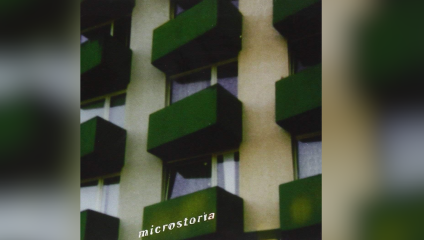
An easy introduction to electronic ambient, Microstoria don’t shy away from the occasional melody, pseudo-drum loop, or rhythm, but succeed in creating a coherent sonic atmosphere for the internet age.
Originally released in 1995, Init Ding captures the voids left with increasing connectivity, even sounding somewhat nostalgic for those who remember the sounds and speckles of early home computers, melding technological fascination with technological anxieties.
A soundscape for trespassing through a disused factory, Init Ding is one of the 90s most advanced examples of ambient for the computer age: janky, disaffected, yet subdued.
The Colours That Rise – Grey Doubt (2020)

A gorgeous UK jazz album that sadly went under everyone’s radar upon release, Grey Doubt collates a variety of sounds from London’s underground scenes with broken beat, ambient, techno, downtempo, trip-hop, neo-soul, afro-jazz, and more becoming lovingly reworked through the lens of their own eccentric style.
It’s a masterful work, with expert drums and pulsating synths competing with intricate, groovy basslines and deeply personal voice notes. Commenting on the Black experience throughout, with often muffled voice snippets between tracks, Grey Doubt is a smart text that knows itself, knows its histories from which to draw upon relevantly for the modern day. Start keeping tabs on The Colours That Rise.